To finish my collection of Sites in Korea I made visits to the four that are in, or near, the city center of Seoul. Because I was forced to both enter and depart the country at the Incheon Airport, as opposed to taking international ferries as I had intended in my original Tour plans, I had a choice of making these visits either at the beginning, or the end, of my route in Korea. I chose the latter because after being released from quarantine the only thing I wanted to do was get my cycling routine going again, as quickly as possible. That generally turned out to be a good decision, because by the time I had returned the city blues skies had mostly returned, after being absent for most of the previous two months, which made for better photography possibilities. On the other hand, by that time I was feeling a little worn out, and that was unfortunate because these visits were slightly rushed. In fact, I set a personal record by seeing four Sites in a twenty-four hour period, though there was a good night’s sleep midway through that time. I actually had intended to do these in a more relaxed manner, with two and a half days available, but my flight out only operated on Tuesdays, and in Korea most tourist sites are closed on Mondays. Therefore, I had to squeeze everything into Saturday afternoon and Sunday morning. However, that was reasonably uncomplicated because all four were fairly conveniently accessible by using Seoul’s extensive Metro system.
At the start of the five hundred years-long Joseon Dynasty, the Jongmyo Shrine was created to house the Spirit Tablets of the Joseon rulers. In East Asian cultures, Spirit Tablets are placards that provide an eternal locus for the spirit of an ancestor or deity. Several Asian cultures had centralized shrines for storage of the tablets of important people, but the Jongmyo in Korea is the only one that has been in continuous operation since it was created. Twice a year elaborate ceremonies, the Jongmyo Jerye are held there, with music and participants in full traditional costume, in order to memorialize the Royal ancestors. These events were originally seen as essential for the preservation and prosperity of the nation. On most days, there is not a tremendous amount to see there, a situation currently exacerbated because the main building was undergoing some renovations when I visited, and because the design of the structures was intentionally kept more austere than other ancient Korean buildings. But it was and interesting and peaceful place for a short visit.
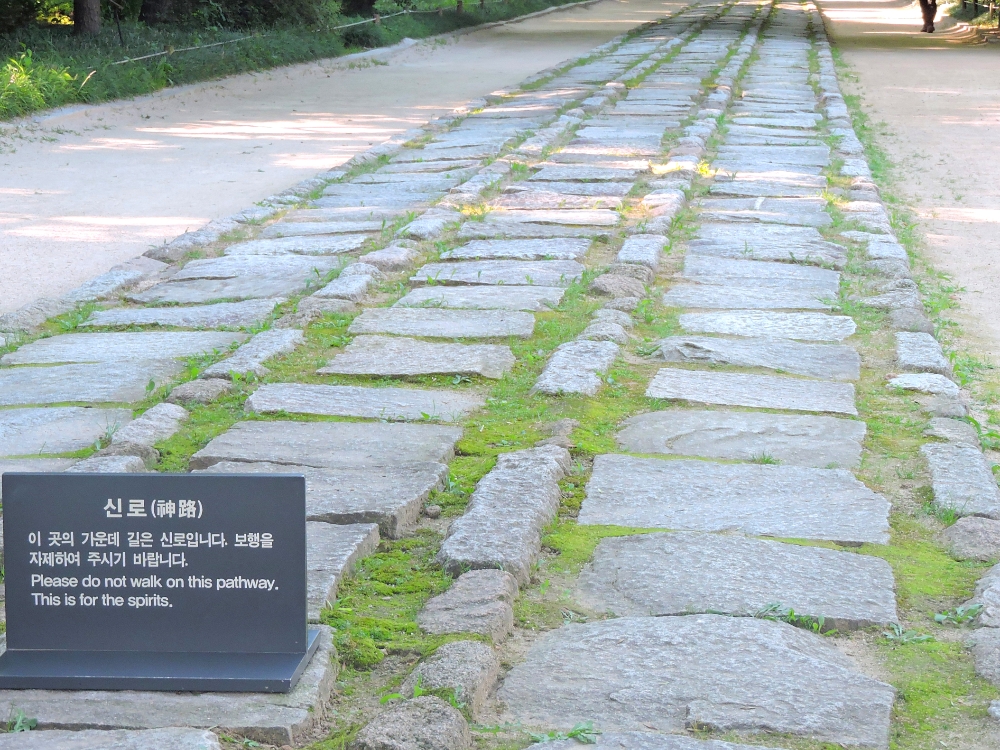
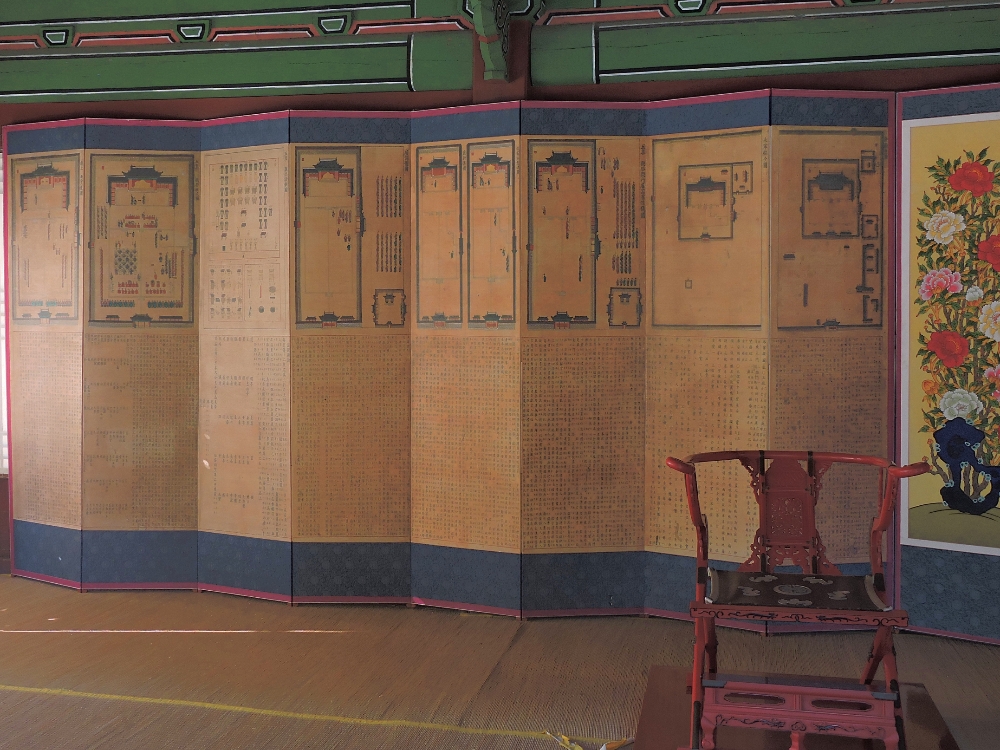
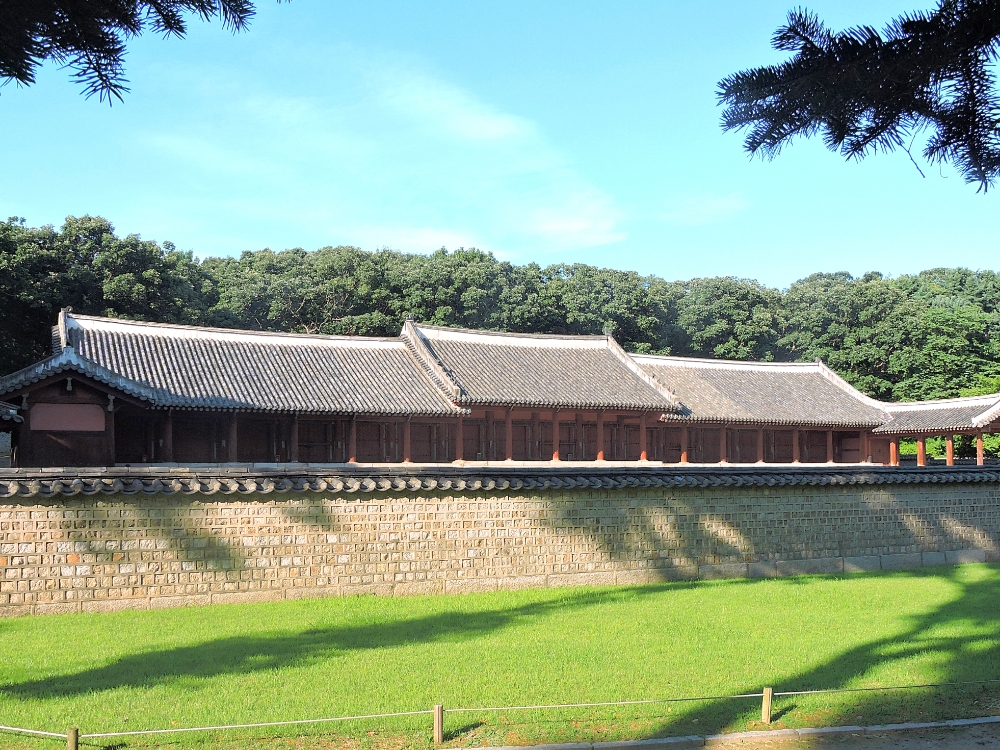
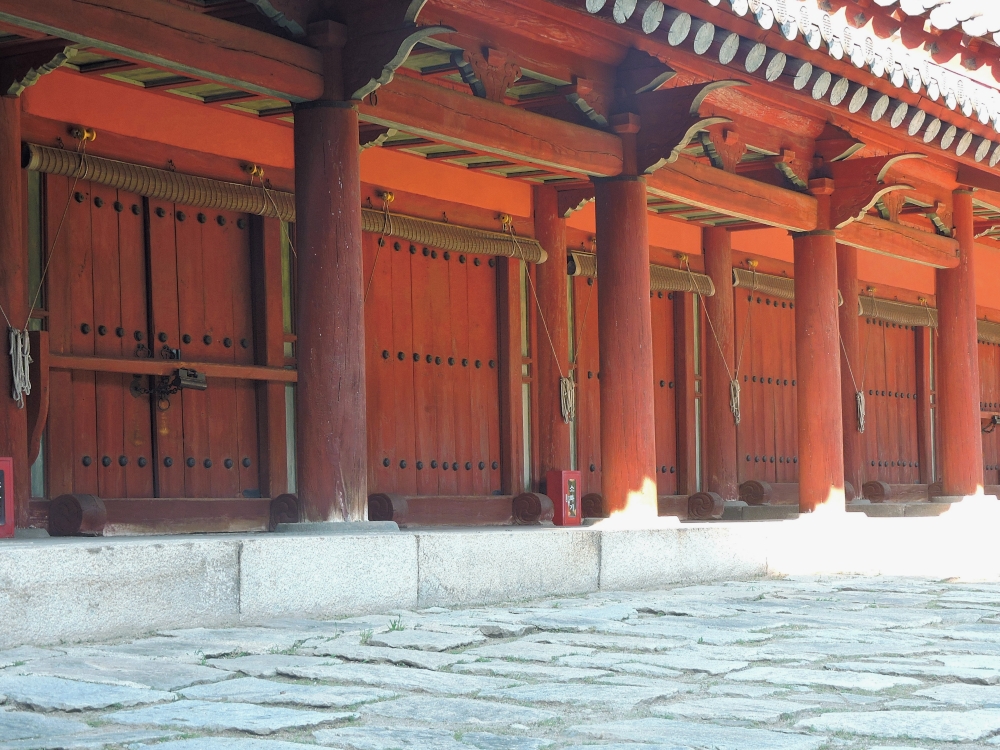
When the Joseon moved their capital to what is now Seoul, the practice of making domed burial tombs for their deceased royals moved there with them. By that point of my route I had already seen many examples of grass-covered tombs in various locations, however, these possessed a more elaborate design, which made them a little more interesting. The actual domed tomb was considerably smaller than earlier examples, but surrounding them are a group of stone sculptures, pathways, and small ancillary buildings, whose design and placement are highly symbolic. These include statues of two civil servants and two soldiers, with smaller horses standing behind each, stone pillars, lanterns and altars, and, closest to the tomb, four tigers and four sheep, which are guardians and keep evil spirits at bay. There are eighteen clusters of tombs around Seoul, with forty tombs in total. However, since their designs are almost identical, I was satisfied to see two tombs at the Seolleung group.
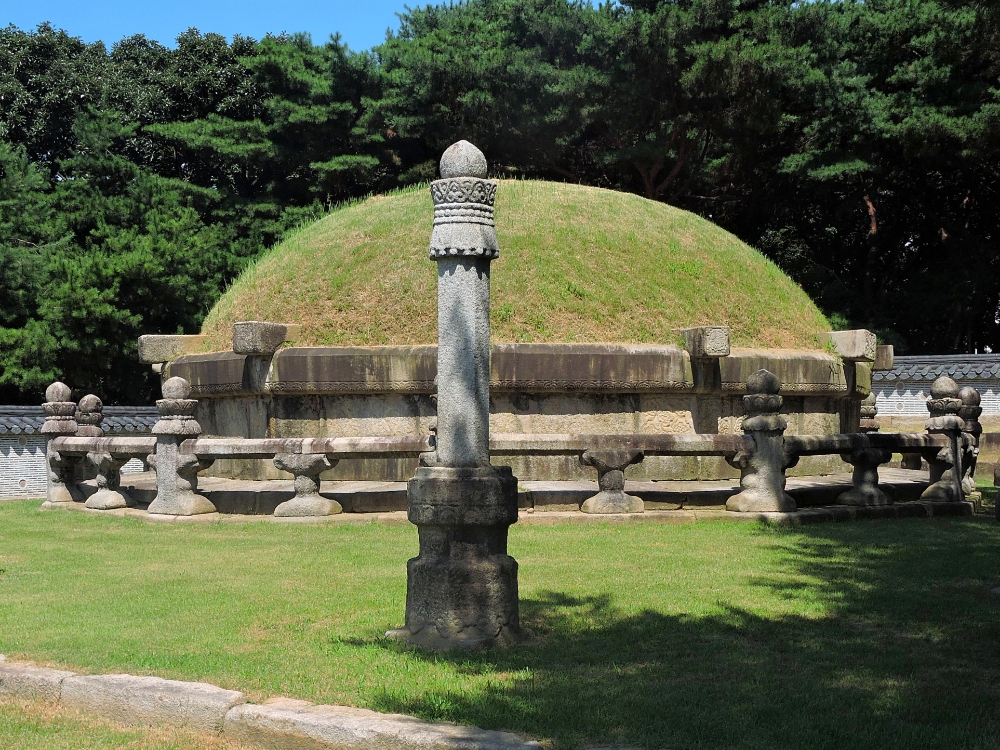
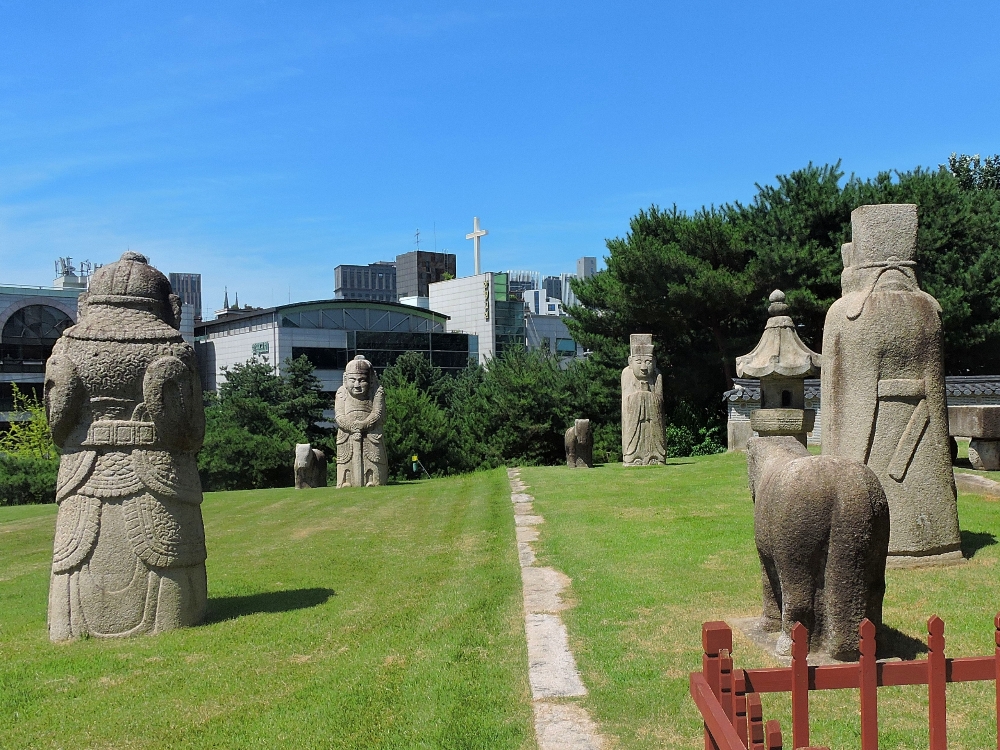
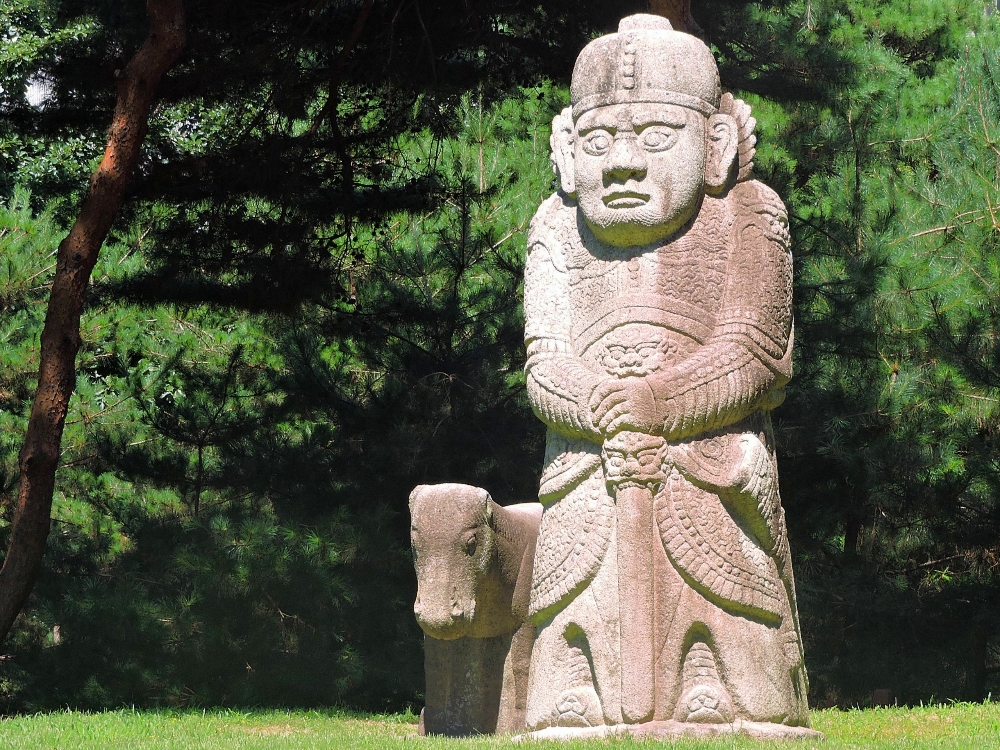
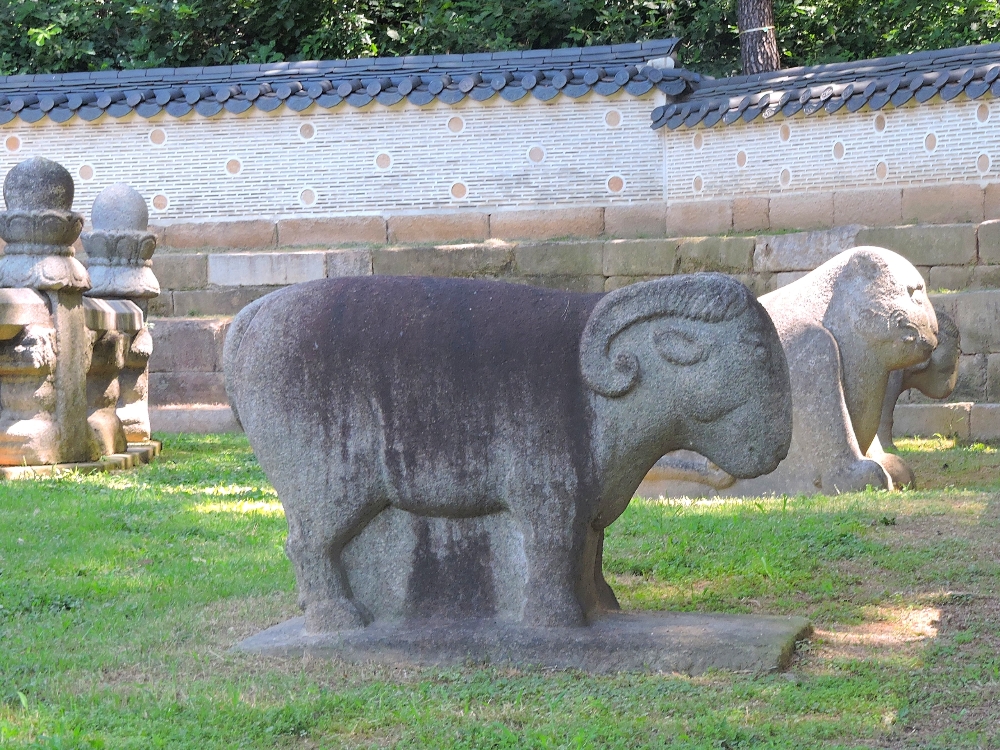
After that Site I continued on to Nanhamsanseong, which is a hilltop fort complex twenty-five kilometers southeast of the city center, that was built, starting around four hundred years ago, to serve as an emergency capital in times of conflict, or other emergencies. The Site is large and spread out over a forested area of mountainous terrain, and so it is a popular hiking destination for locals. This was the final Site I saw in the country and because I was feeling tired, and because the buildings are not as elaborate as others, I confined myself to the main building and focused my attention on some of the smaller details.
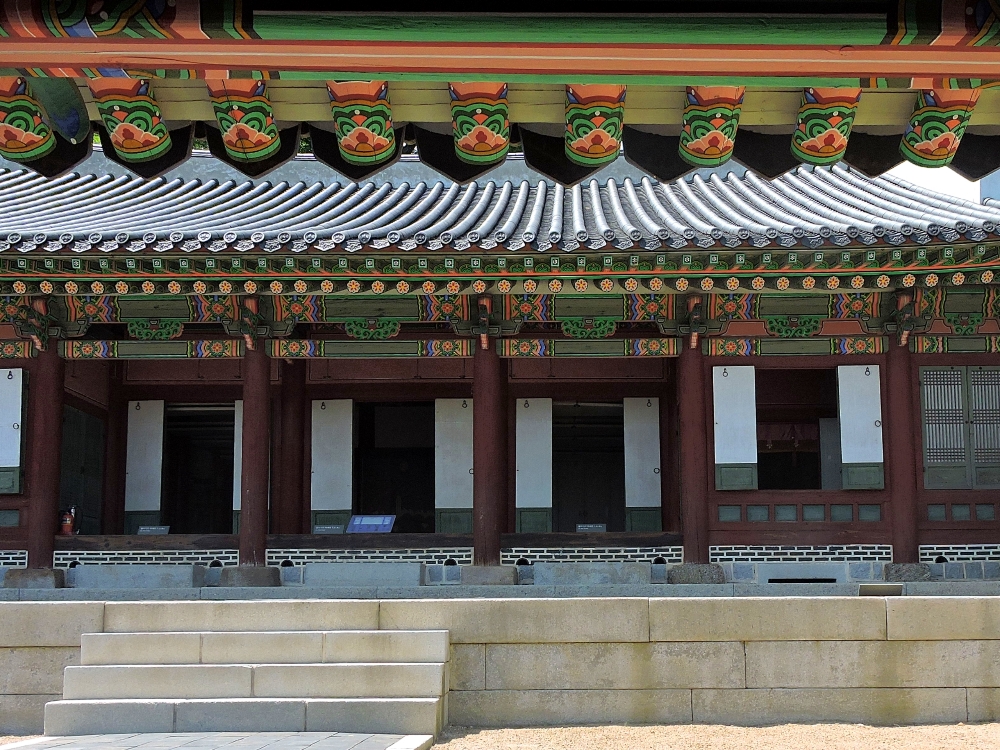
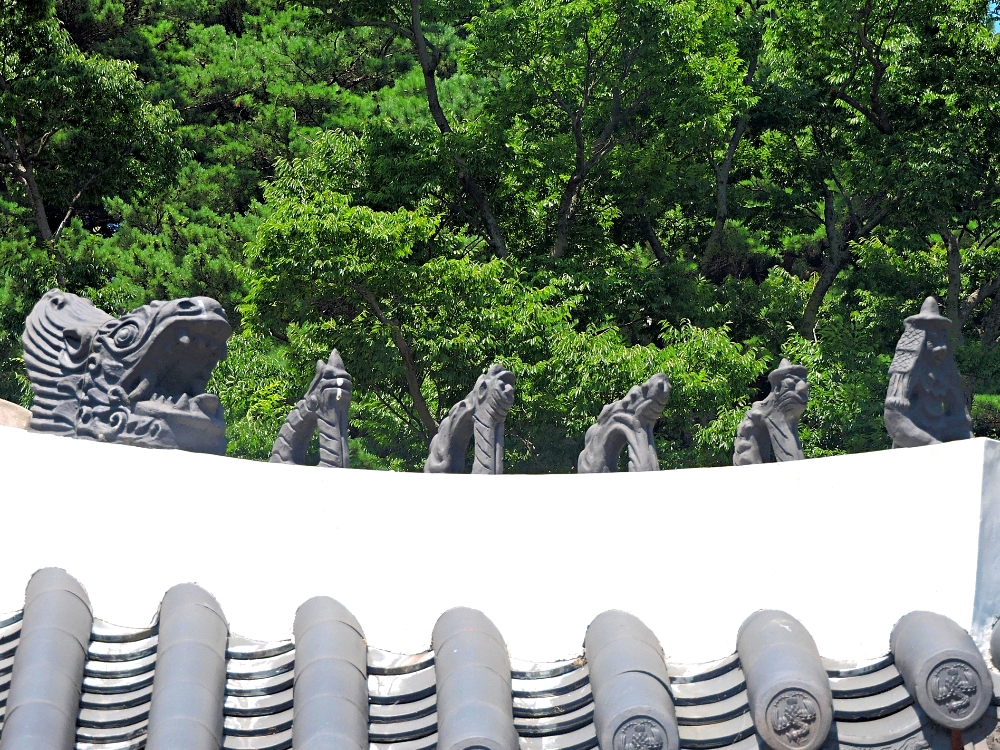
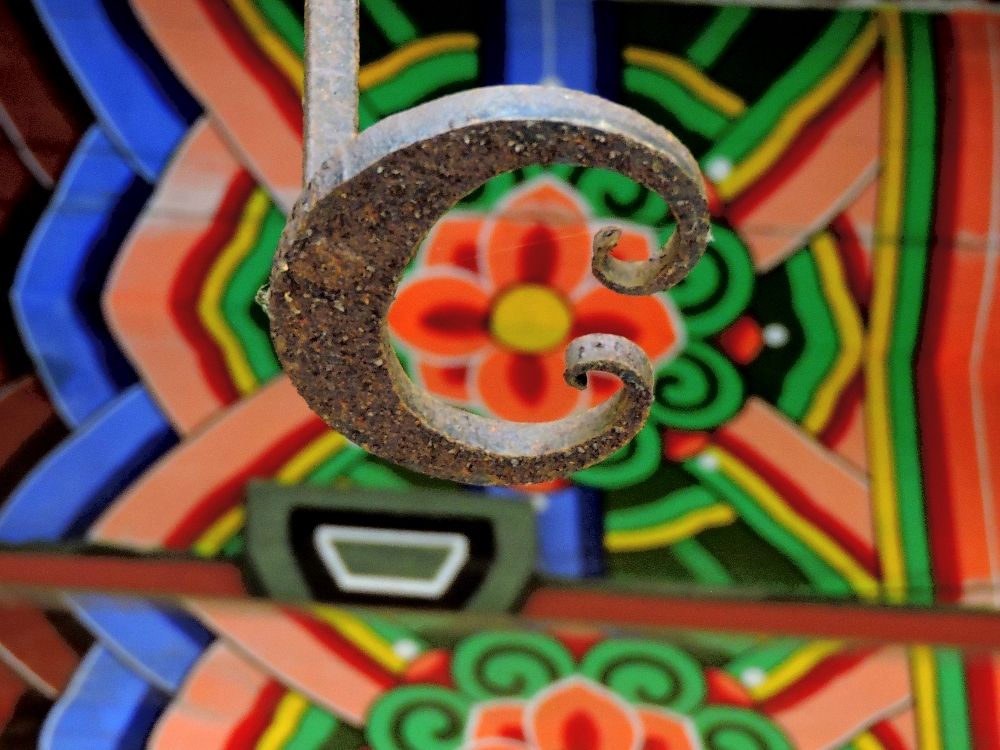
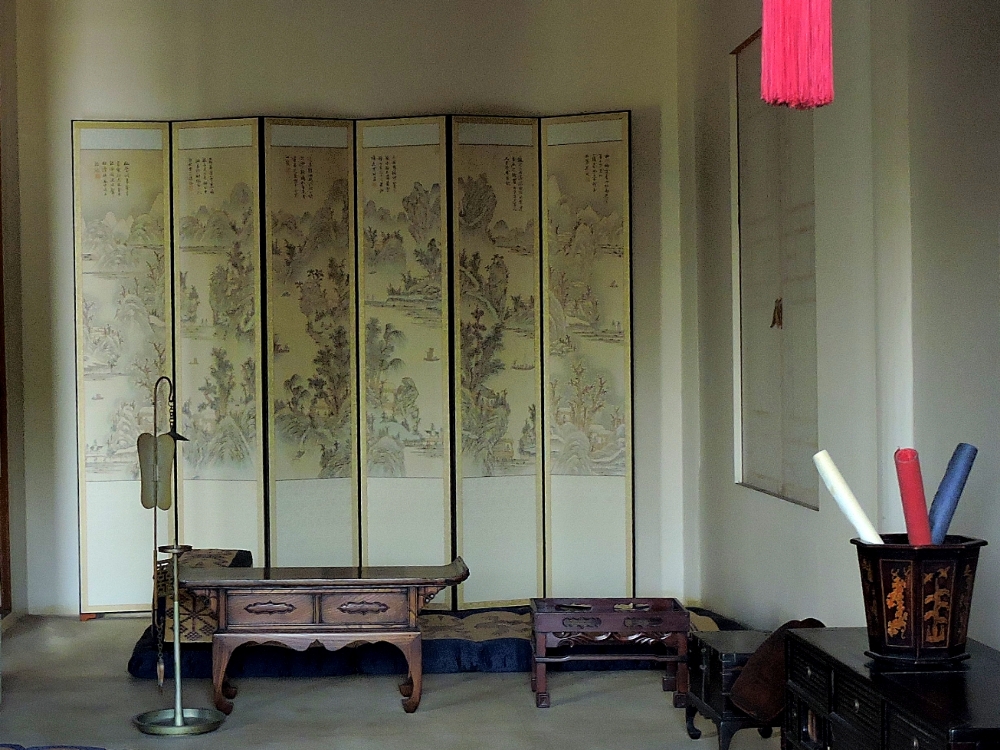
The first Site I saw in Seoul is the last I present here, because it was probably the best of the ones I visited in the country. When the Joseon created their new capital, they, in a typical fashion, quickly built a palace to serve as the seat of government. Over the centuries, five palaces were built, in close proximity to one another, in the Jongno and Jung districts of Seoul. The second of those is called Changdeokgung, and it is said that it was favored by many Joseon royals. It is now a World Heritage Site, primarily because, while all historic buildings in Korea share similar structural and decorative elements, Changdeokgung represents a masterpiece of Korean architecture. On the sunny and hot Saturday afternoon when I visited, and with some health restrictions increasing in the city, the Site was unusually uncrowded, which made for a very pleasant visit.
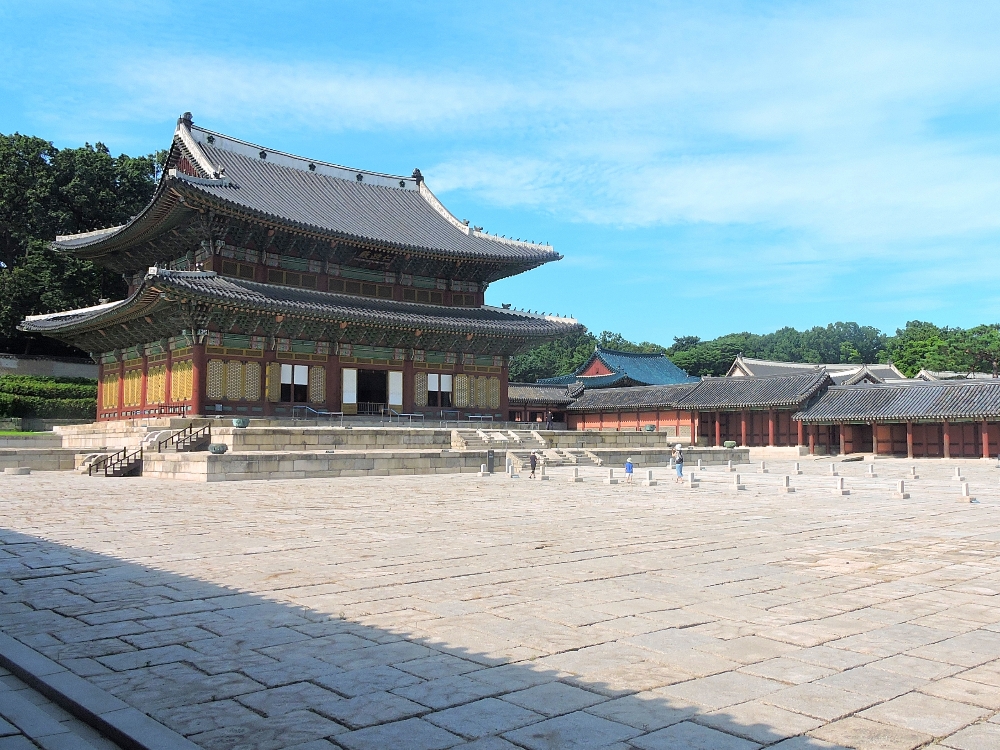
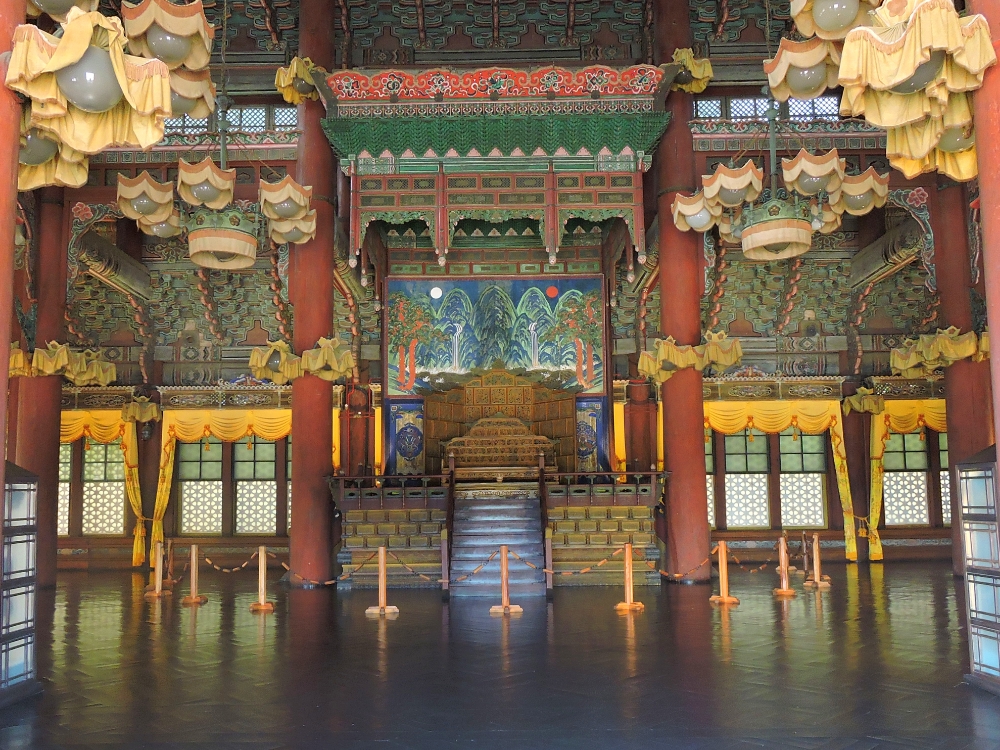
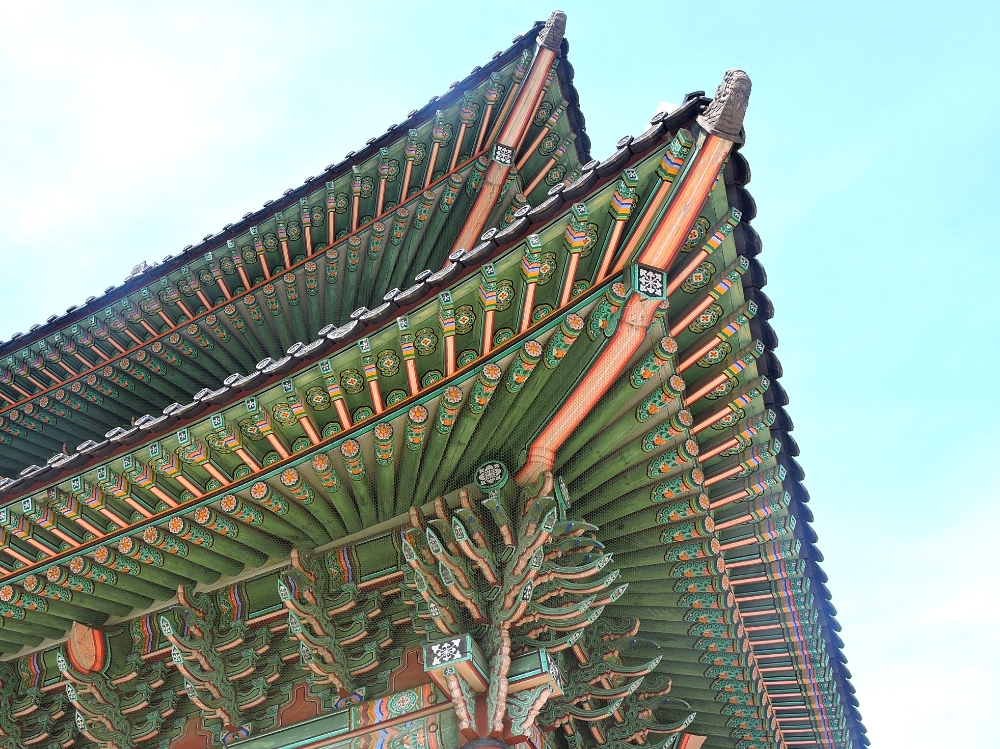
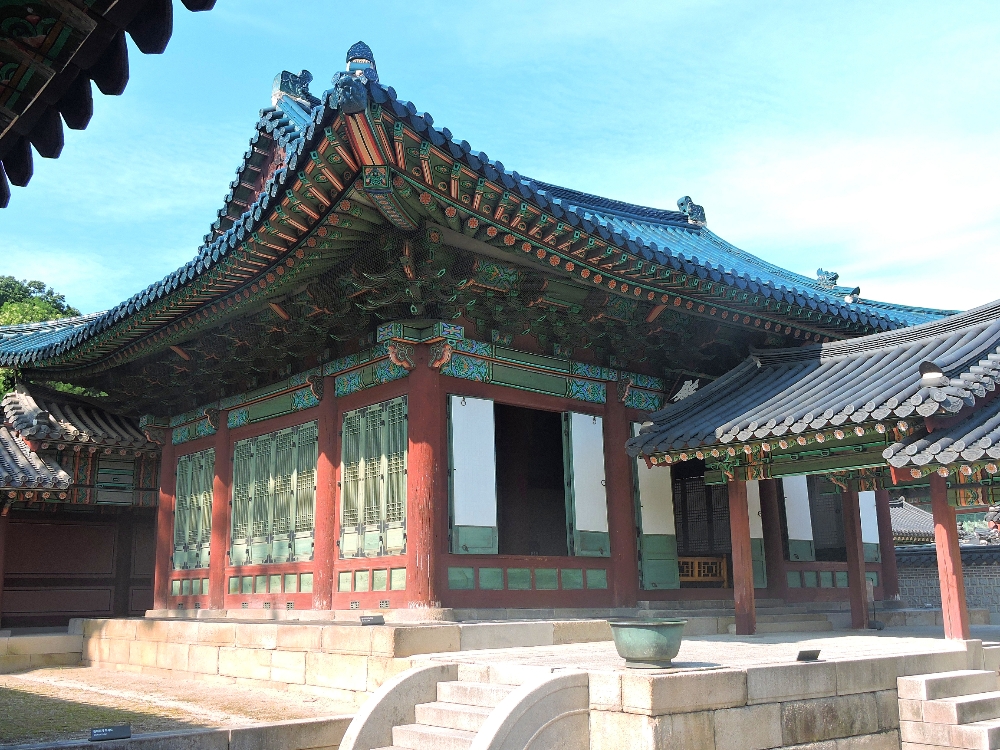
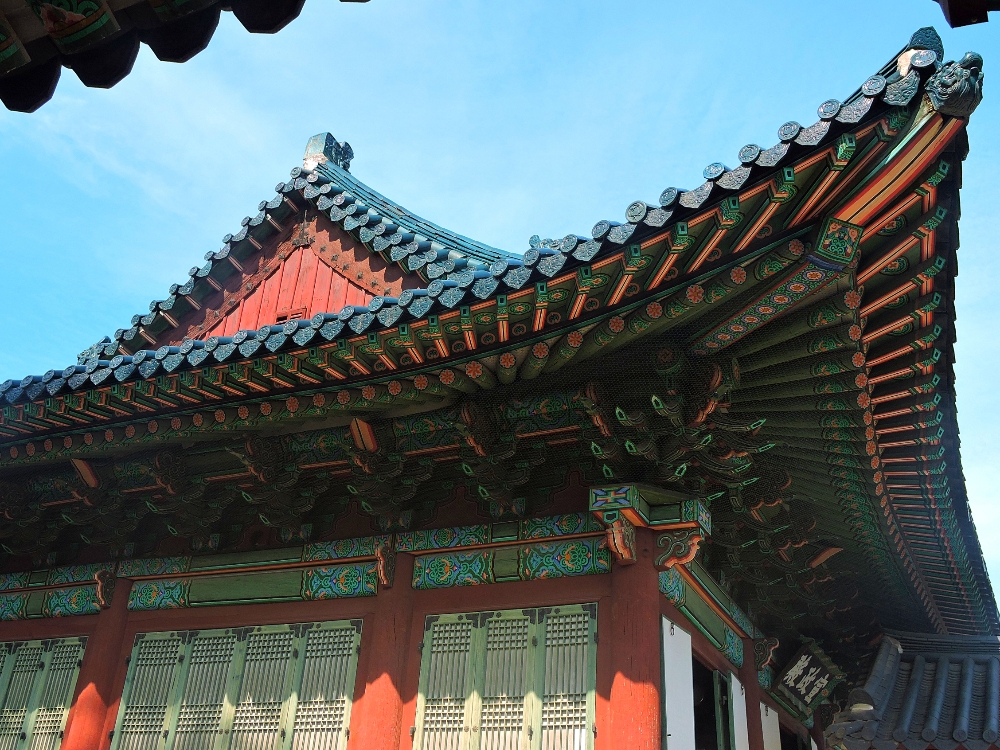
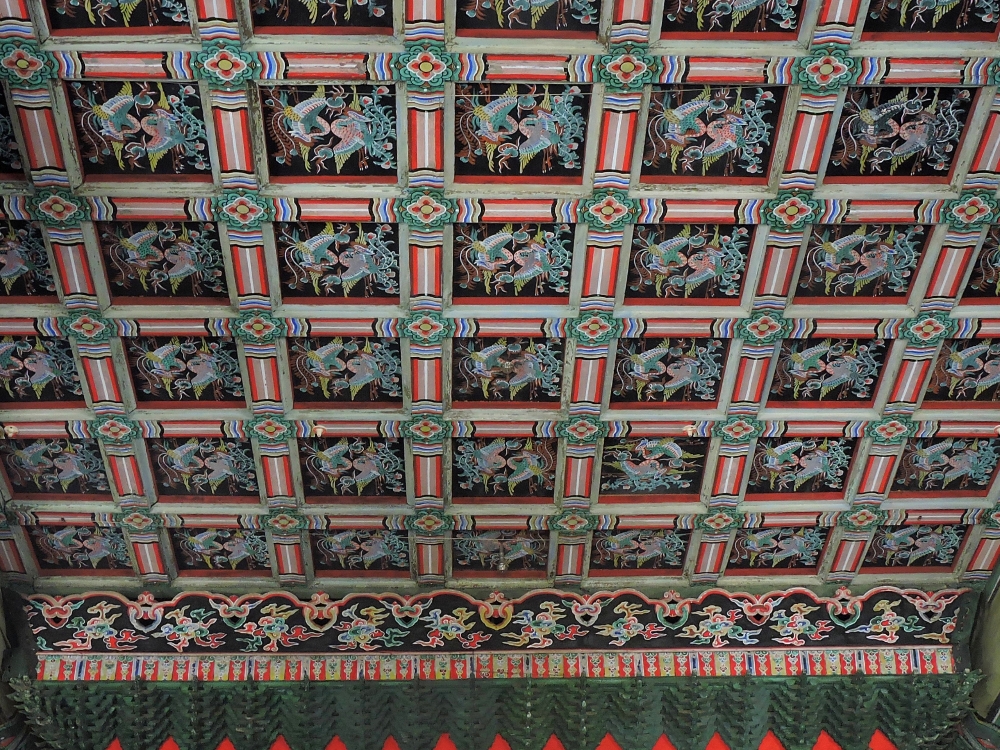
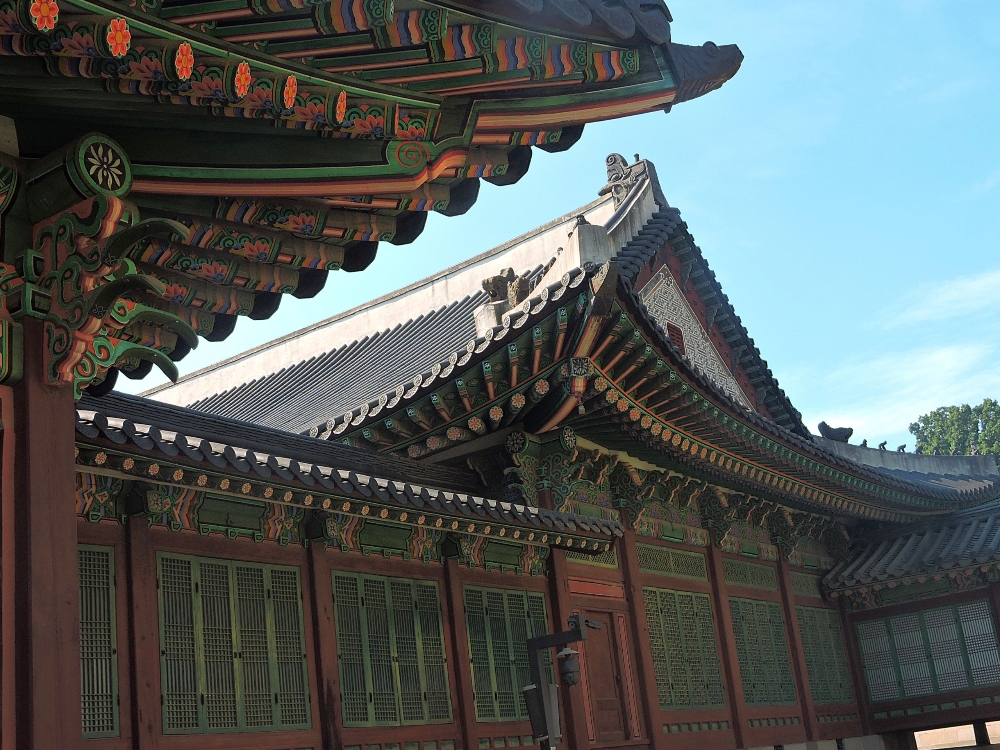
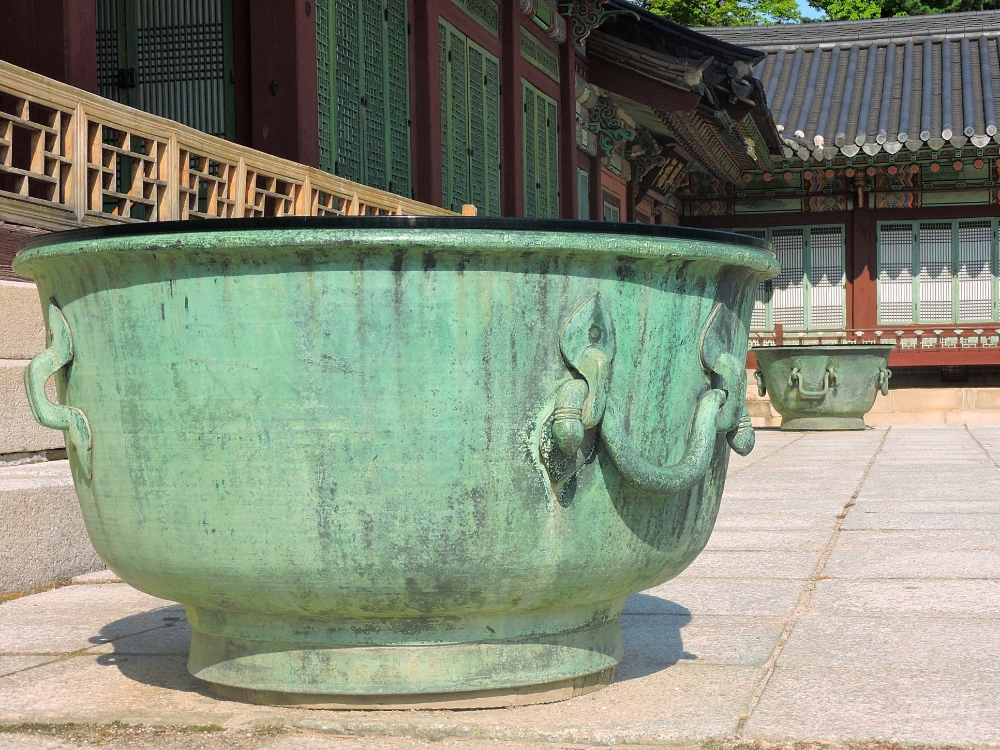
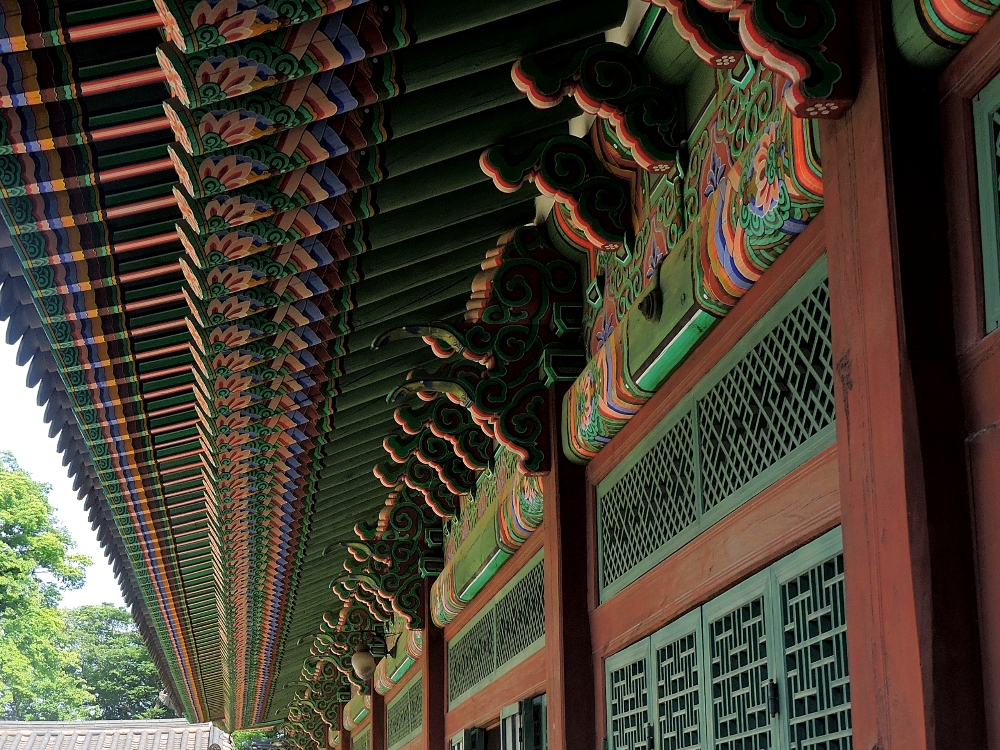
I am very pleased that I successfully made visits to all of the Sites in Korea that I intended to see, thirteen of fourteen of the country’s total. Somewhat unfortunately, however, I need to change that to thirteen of fifteen. A few days after I left the country, several of Korea’s tidal flats were inscribed as a new World Heritage Site. When I devised my route I considered going to see one, but in June and July there would normally be few, if any, birds present. Additionally, at the time, the advice given to the Committee was that this application should be rejected, so I decided not to go there. However, the World Heritage Committee decided to inscribe the Site anyway, as they often do these days, so that was a mental blunder on my part. Well, nobody’s perfect.